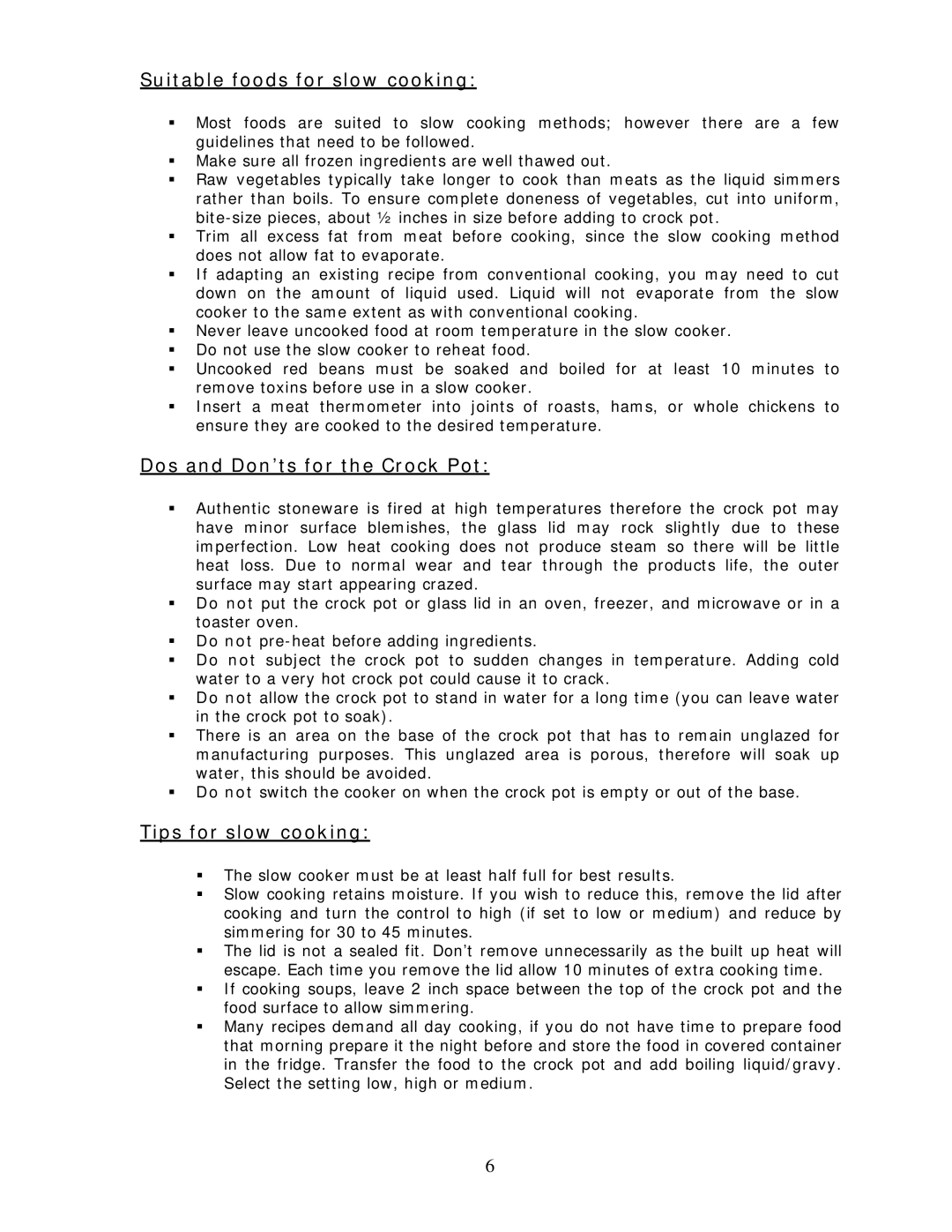NSC-650 specifications
The Wachsmuth & Krogmann NSC-650 is a sophisticated piece of equipment that has garnered attention in various industrial sectors due to its advanced features and robust performance. This machine is primarily designed for high-precision tasks in both manufacturing and logistics, making it a versatile choice for companies looking to enhance productivity.One of the main features of the NSC-650 is its exceptional automation capabilities. Equipped with state-of-the-art sensors and a powerful control system, the machine can operate with minimal human intervention. This not only improves efficiency but also reduces the potential for errors, ensuring a higher quality of output. The automation is complemented by a user-friendly interface that allows operators to easily program and manage the machine.
The NSC-650 boasts advanced materials handling technologies, making it ideal for applications requiring the movement of heavy or delicate items. Its modular design enables customization, allowing businesses to adapt the machine to their specific needs. The capacity to handle various load types enhances its functionality, making it suitable for diverse industries, from automotive to pharmaceuticals.
Another key characteristic of the NSC-650 is its energy efficiency. The machine is designed to minimize power consumption without compromising performance. This not only leads to lower operational costs but also supports sustainability initiatives within organizations. With growing emphasis on environmentally friendly practices, the NSC-650 positions itself as a forward-thinking choice for eco-conscious companies.
Durability is a notable feature of the NSC-650. Constructed with high-quality materials, the machine is built to withstand rigorous operational demands. Its robust engineering ensures longevity, reducing the frequency of repairs and maintenance. This reliability is essential for companies that require consistent performance without unexpected downtime.
In terms of safety, the NSC-650 includes multiple fail-safes and monitoring systems designed to protect both operators and the equipment itself. This focus on safety not only adheres to industry regulations but also fosters a secure working environment.
Overall, the Wachsmuth & Krogmann NSC-650 is a powerful machine that embodies innovation, efficiency, and reliability. Its advanced technology, coupled with a commitment to safety and sustainability, makes it an invaluable asset for any industrial operation. Whether for handling materials or streamlining manufacturing processes, the NSC-650 sets a high standard in the realm of automated machinery. Companies investing in this equipment can expect to see notable improvements in productivity and operational efficiency.
